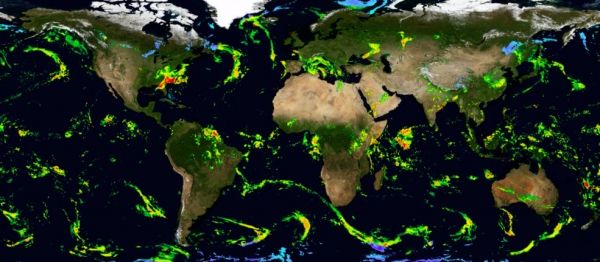NASA monitors Earth's water from space, the skies, ground stations on land, ships sailing the seas and even with apps on mobile phones.
While Earth is so wet it looks blue from space, most of that water is saltwater. Only 2.5% of water on Earth is freshwater and nearly all of that water is frozen – locked up in polar ice caps, glaciers and other ice. The small amount of freshwater that remains is all that's available for all the ways we use water.
"All the water on Earth already exists. We can't make more," said Bradley Doorn, program manager for NASA Earth Applied Sciences' Water Resources program area. "We can only track it, predict it and protect it as it cycles around our world."
NASA tracks nearly every aspect of this water cycle - as precipitation falls from clouds; as groundwater; as water soaks into the soil; as it moves into rivers and lakes; as it's taken up by plants and used by animals and evaporates back into the atmosphere.
"Water is a precious resource on this planet, and one that NASA is at the cutting edge of monitoring," said Doorn.
Continue reading at NASA
Image via NASA


